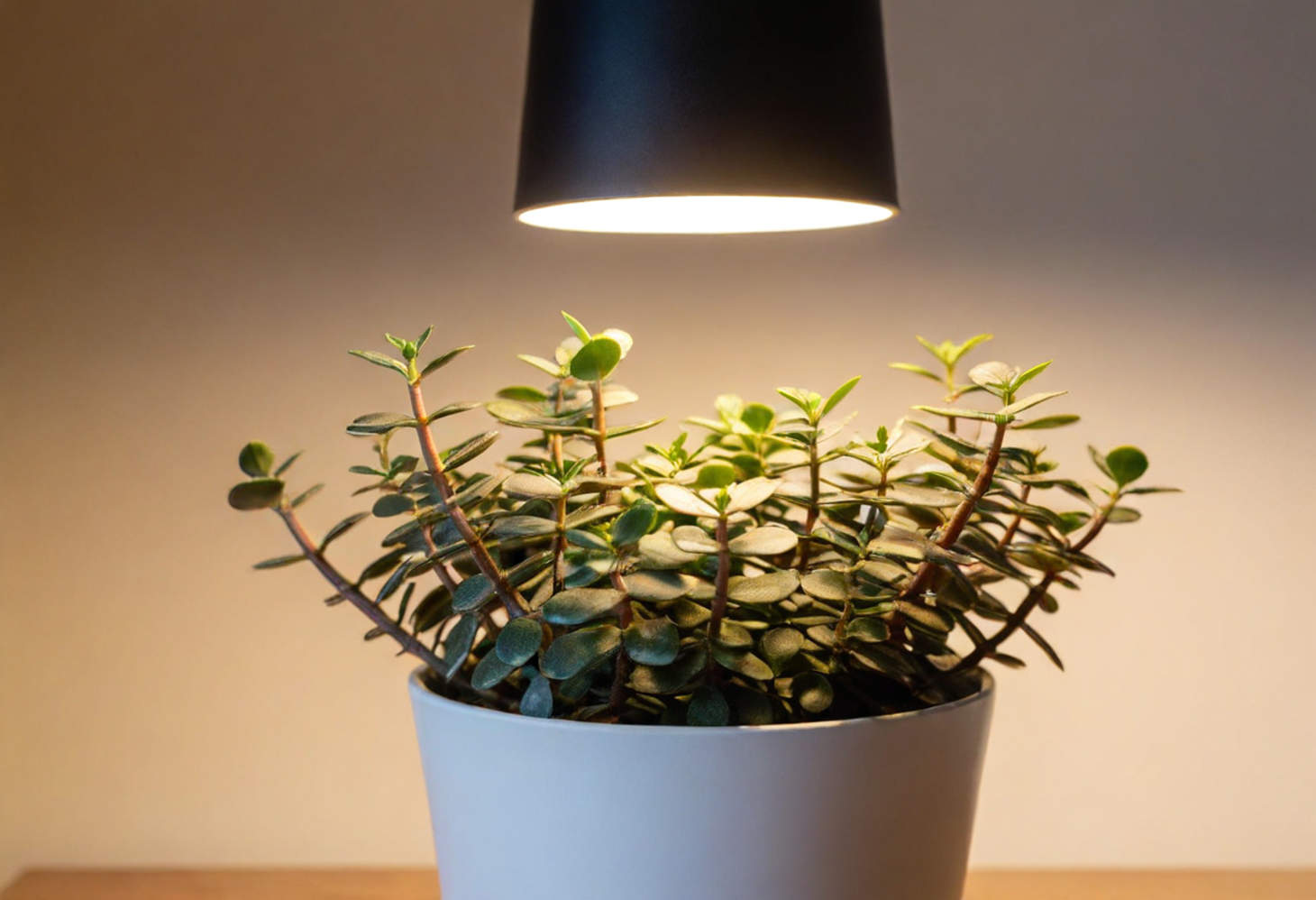Using Grow Lights with Succulents
If you want your succulents to stay healthy and colorful indoors, grow lights can make a big difference. Grow lights give your succulents the light they need when natural sunlight is not enough. With the right grow lights, you can enjoy thriving succulents even in rooms with little or no sunlight.
Using grow lights with succulents is simple, but choosing the right type and placing them correctly matters. You will learn how to pick the best grow lights, set them up in your space, and make sure your plants get just what they need to stay strong and beautiful.
Key Takeaways
- Succulents need specific light to grow well indoors.
- Picking the right grow lights helps your plants stay healthy.
- Setting up grow lights the right way lets succulents thrive.
Understanding Succulents’ Lighting Needs
Succulents like echeveria need specific light conditions to stay healthy indoors. Proper light exposure affects their color, shape, and ability to grow through photosynthesis.
Why Indoor Succulents Require Artificial Lighting
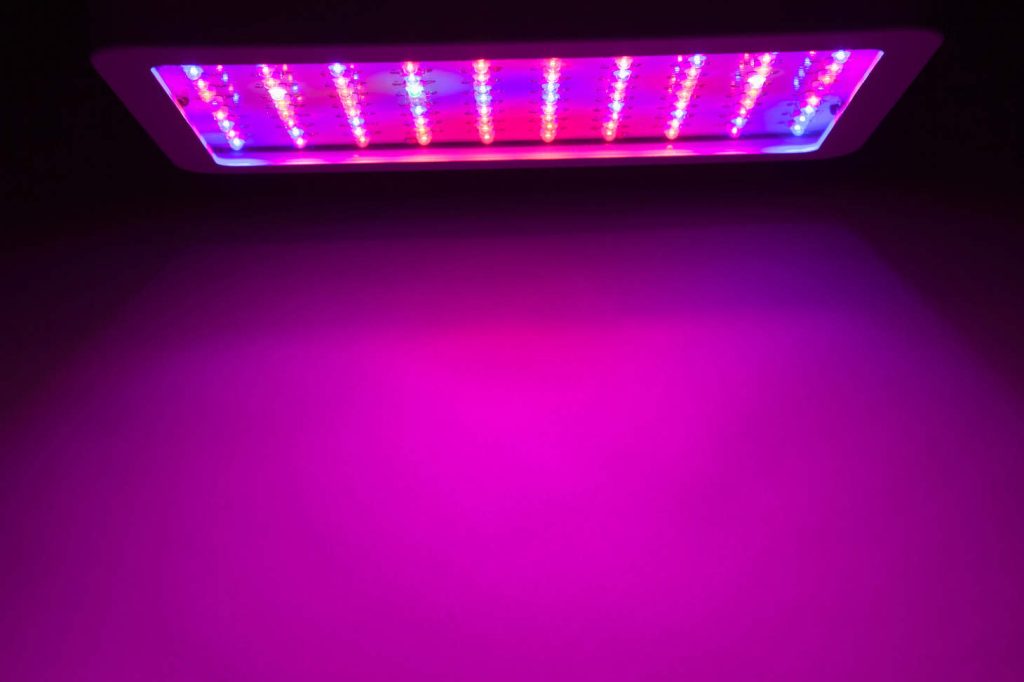
When you keep succulents indoors, they often do not receive enough natural sunlight. Most homes have windows that limit the amount and intensity of sunlight, especially during winter or in shaded areas.
Artificial lighting, such as LED or fluorescent grow lights, can help your succulents get enough light to thrive. These lights mimic the sun’s spectrum, which helps support the plant’s natural processes. Without extra lighting, succulents may stretch, lose their color, and have weak growth.
Using grow lights lets you control the duration and intensity of light your succulents receive. This is important for small indoor spaces or rooms without south-facing windows. By placing your plants under grow lights for about 12-14 hours per day, they are more likely to stay compact and retain their healthy appearance.
Role of Light in Succulent Growth and Photosynthesis
Light is essential for photosynthesis, the process plants use to create food. If your succulents get enough light, they will be able to produce the energy they need for growth, flowering, and strong roots.
Succulent care starts with understanding how much light your specific variety requires. For example, echeveria often prefers bright, direct light. Inadequate lighting can cause succulents to grow slowly, become thin or leggy, and lose their natural colors.
Photosynthesis also affects water use. In good light, succulents use more water to support healthy tissue growth. Poor lighting slows their metabolism, which can make them more prone to rot if they are overwatered.
Signs of Insufficient Light Exposure
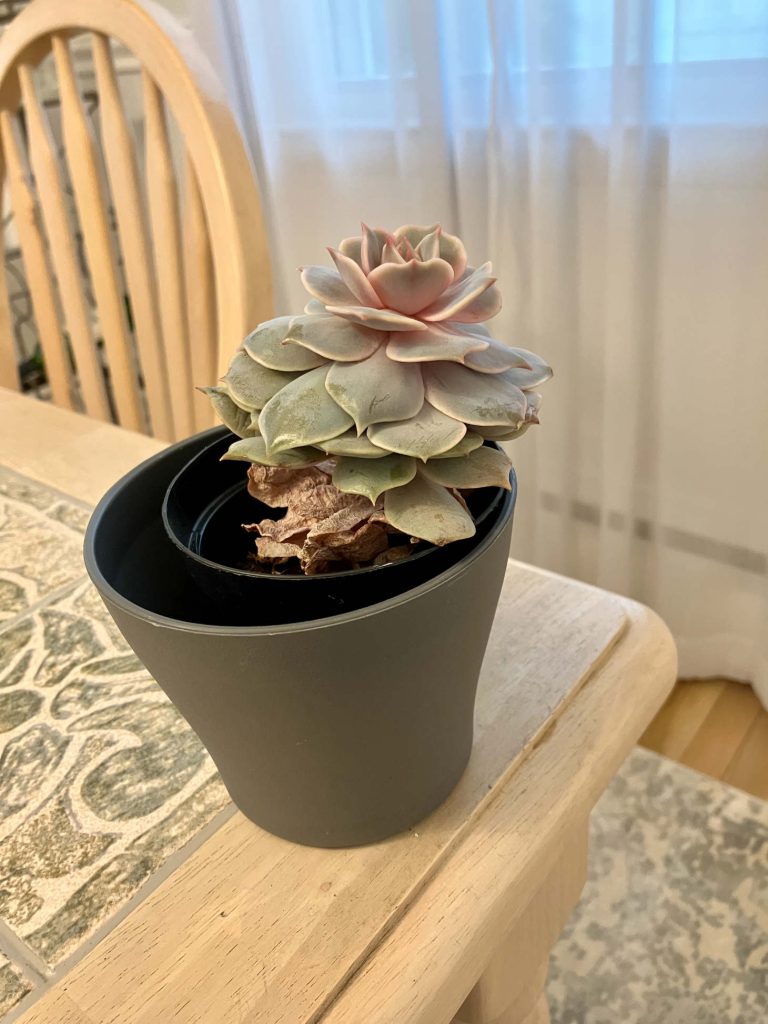
You can often tell if your indoor succulents are not getting enough light. Watch for these common signs:
- Stretched (etiolated) growth: Stems lengthen and leaves space out as the plant reaches for light.
- Loss of color: Leaves turn pale, dull, or lose their distinct markings.
- Drooping or weak stems: Plants may become floppy and unable to support their own weight.
- Slow or halted growth: Little to no new leaves appear over time.
If you notice these signs, your succulents likely need more light. Adjusting placement or adding grow lights can help restore healthy, compact growth and improve their overall look. Monitor your plants regularly for changes in appearance to make sure their lighting needs are met.
Choosing the Right Grow Lights for Succulents
Picking a good grow light is important for healthy succulents indoors. You need to think about the type of bulb, what kind of light it makes, and how bright it is for your plant’s needs.
Types of Grow Lights: LED vs Fluorescent
You have a choice between LED grow lights and fluorescent grow lights. LED grow lights are the most popular for succulents today. They use less power, last for years, and give off very little heat, so they won’t burn your plants. Fluorescent lights, like T5 or T8 bulbs, have been used for a long time and work well, but they use more energy and don’t last as long as LEDs.
LEDs usually cost more at first but save money over time. If you have just a few plants or want easy setup, small LED panels work great. For shelves, long bars of fluorescent bulbs or strip-style LEDs fit well. For most homes, LED grow lights are the best choice for succulents.
Evaluating Color Temperature and Spectrum
Succulents grow best with a color temperature between 5,000K and 6,500K. This is called “daylight” and it mimics real sunlight. You should choose bulbs marked as full spectrum or listing these color temperatures. The spectrum matters because different parts of light support different parts of plant growth.
Blue light (around 450 nm) helps succulents grow strong leaves and stocky stems. Red light (around 660 nm) is good for flowering. Most daylight or full-spectrum LED and fluorescent bulbs mix both blue and red. It is best not to use just red or just blue bulbs. Balanced, white light helps your succulents stay compact and colorful.
Understanding Light Intensity and Lumens
Succulents need a lot of bright light to stay healthy and keep their colors. Indoor lighting should be around 2,000-4,000 lumens per square foot for most succulents. More light may be needed if the grow area is shaded or your plants are far from the window.
Check your light’s lumen rating on the box or in product details. Place the grow light 6-12 inches above your plants for the best results. Too little light makes succulents stretch and look pale. If you notice stretching, try increasing light intensity or moving the light closer. Too much heat, though, can damage leaves, so choose lights with low heat emission, especially for small spaces.
Optimizing Grow Light Setup and Usage
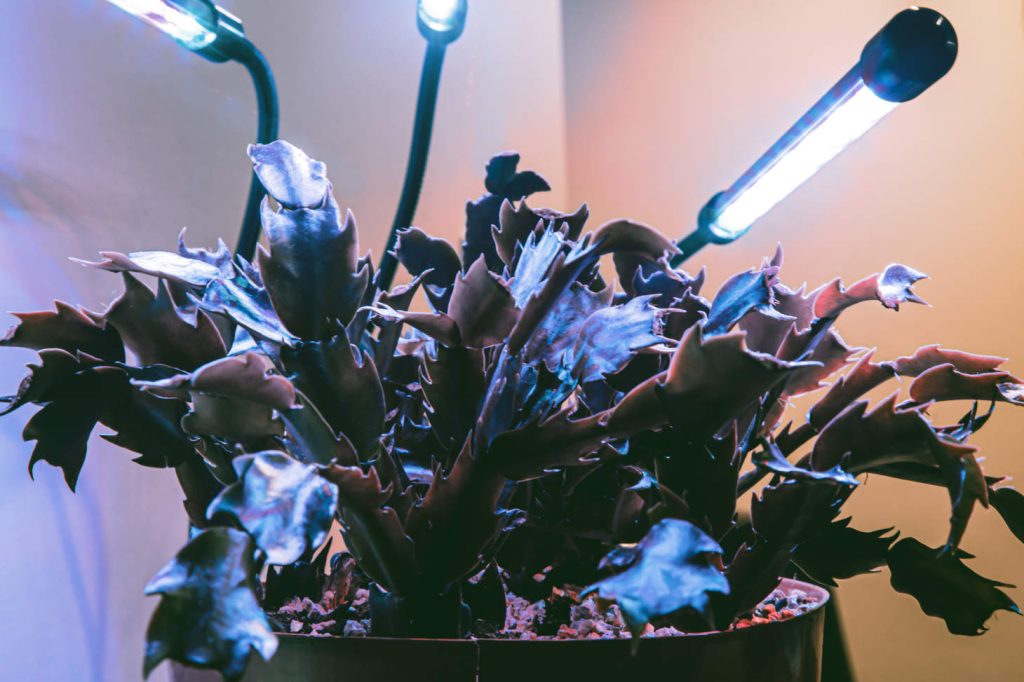
Placing your grow lights at the right distance and keeping a steady light cycle are important steps for healthy succulents indoors. Managing how much light your succulents get across the year also helps them grow strong and compact.
Ideal Placement and Distance from Succulents
Proper placement of your grow light is critical for healthy plant growth.
If your light is too close, you might notice scorched leaves or faded colors. If it is too far, your succulents may stretch out or look pale because they aren’t getting enough light intensity.
Check for signs like leaf stretching, color changes, or slow growth. Adjust the light distance as needed. Use a simple table to guide your setup:
| Light Type | Recommended Distance (inches) |
|---|---|
| LED | 18–24 |
| Fluorescent | 6–12 |
Determining Light Duration and Light Cycles
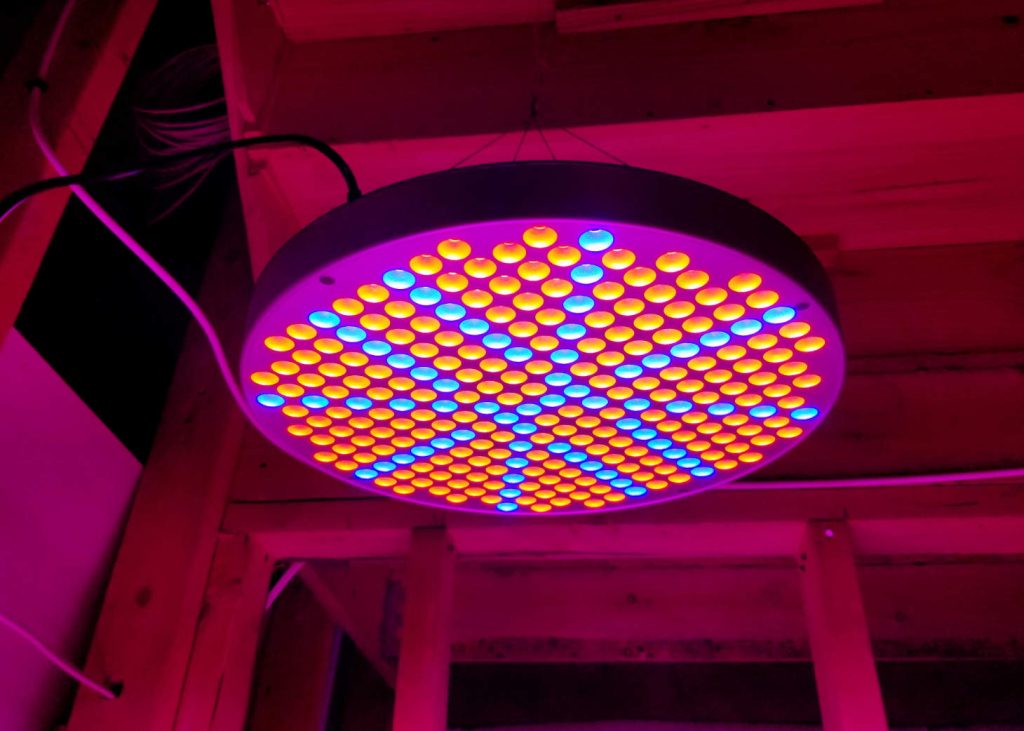
Succulents need enough hours of light each day to stay healthy. The average plant needs about 12–14 hours of artificial lighting every day if it’s kept indoors all year.
Timers are useful for keeping a steady light cycle and making sure your succulents always get enough light, especially when days are shorter in winter. Too much light exposure can cause plants to fade or get stressed, so do not exceed 16 hours per day.
A typical light cycle for indoor succulents is:
- On: 7 am to 9 pm (14 hours)
- Off: 9 pm to 7 am (10 hours of darkness)
Always allow for a period of darkness to mimic the natural day-night rhythm.
Managing Light Exposure Throughout the Year
Light needs change with the seasons. In winter, natural sunlight is limited, so you may need to increase the hours your grow lights are on. In summer, more sunlight might reach your plants from windows, so adjust the artificial lighting to prevent too much exposure.
Watch your succulents for signs of stretching (etiolation) or color fading; these may mean more or less light is needed. If you move your succulents outdoors in warmer months, slowly transition them to natural sunlight to avoid shock.
Keeping a close eye on your lighting setup year-round ensures your succulents stay healthy and compact. Adjust both the intensity and duration to fit the changing needs as seasons shift.

